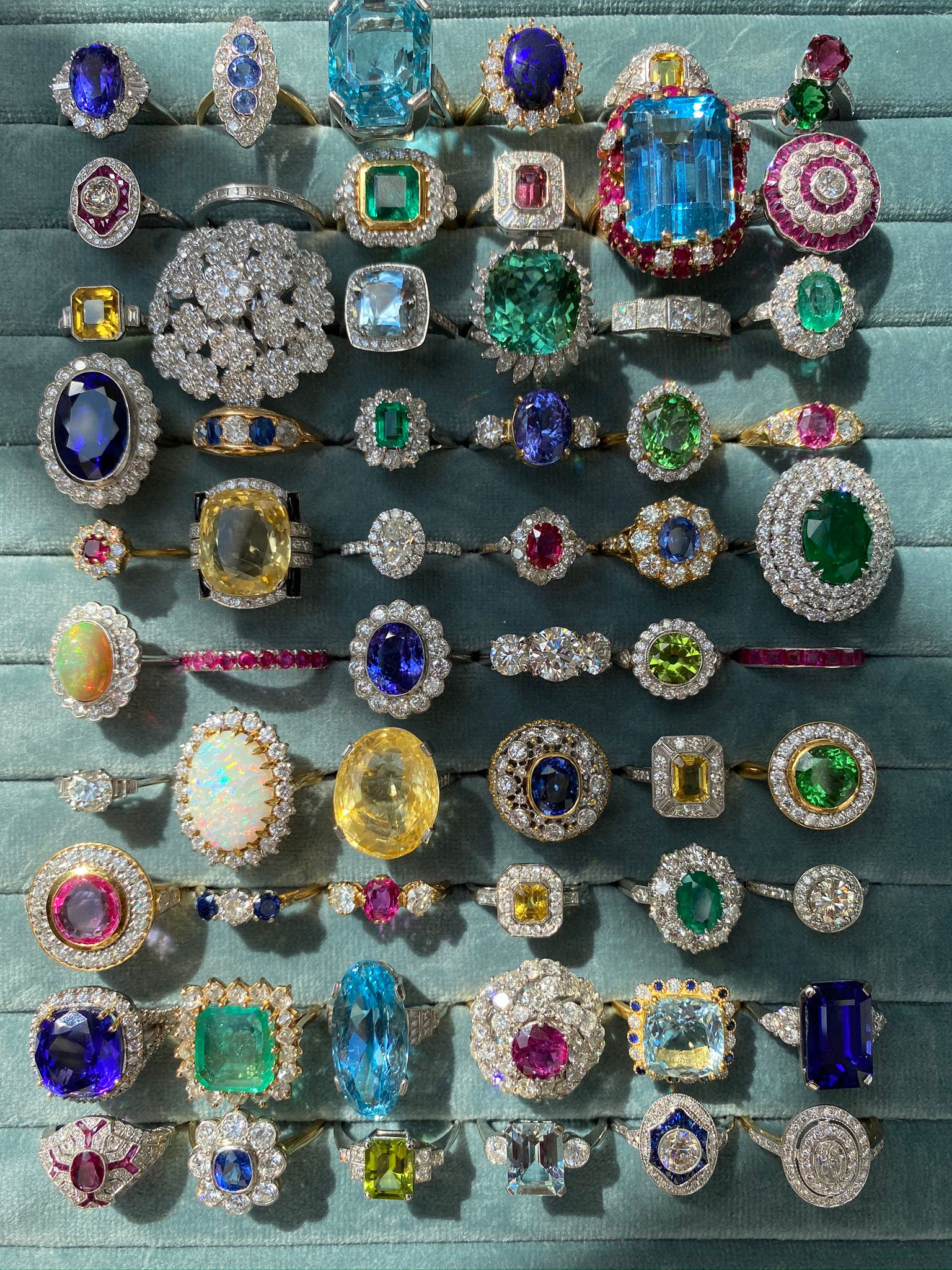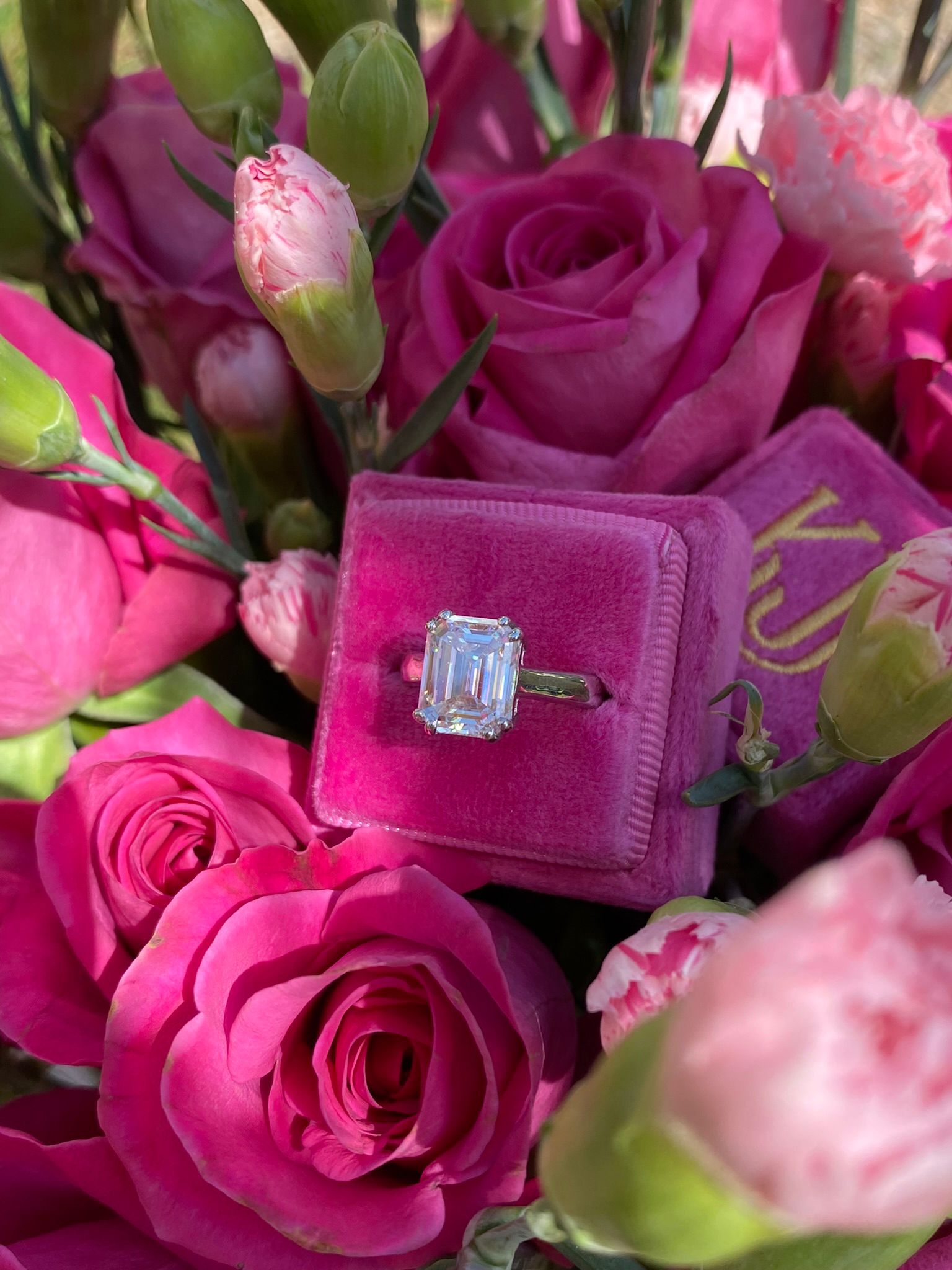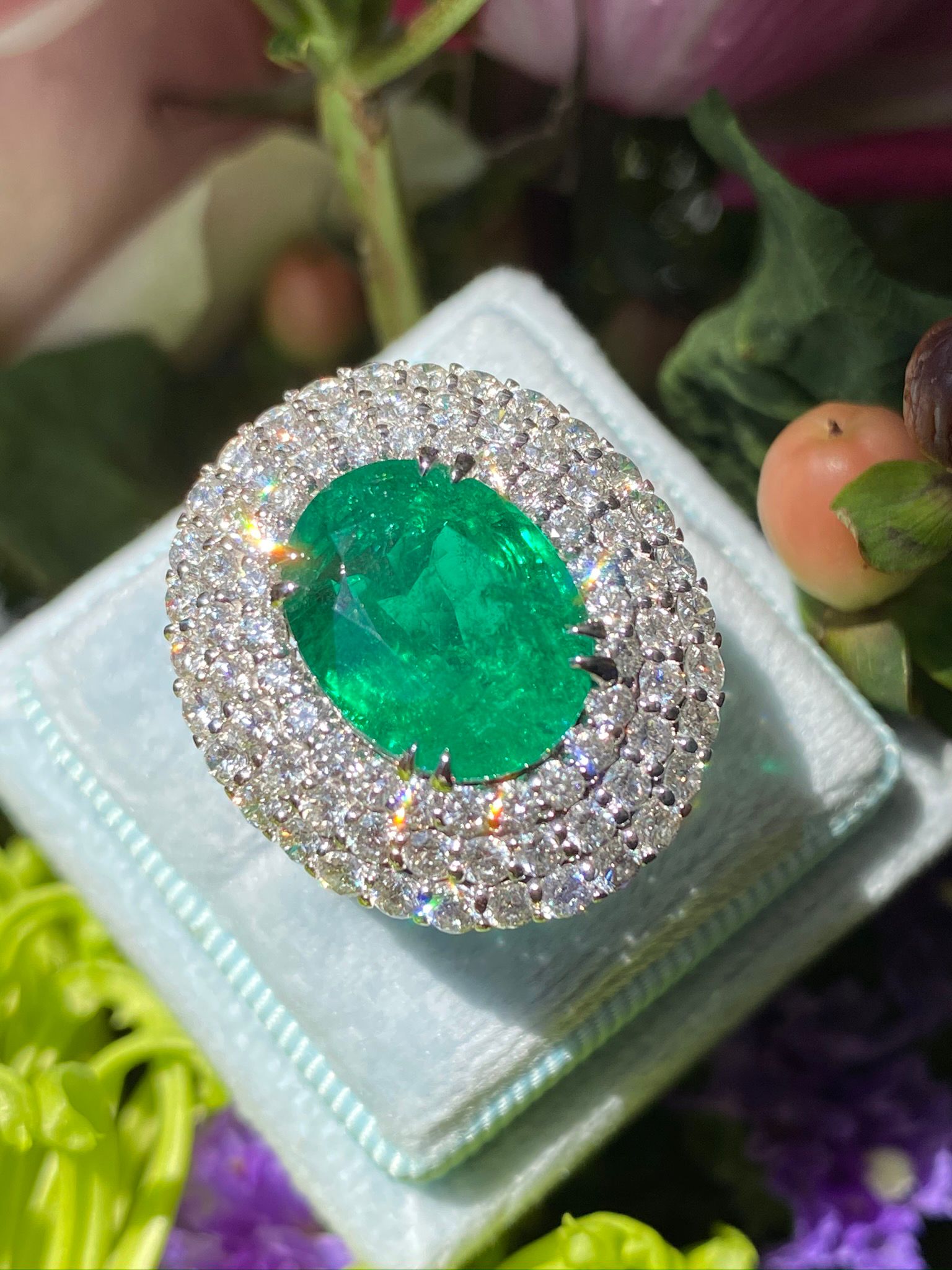Be Tempted by Tourmaline
A Jewellery Lover’s Best Kept Secret

When Tourmaline was first discovered in the 1500s by a Spanish conquistador in Brazil, he confused it with a dazzling, much sought-after Emerald. The assumption stuck until the 1800s, when Tourmalines were finally defined by scientists as their own mineral species. However, since then, their amazing range of super-saturated colours and shining sparkle have made Tourmalines easily interchangeable for any of the more well-known and highly desired gems, including Rubies, Emeralds or Blue, Yellow or Pink Sapphires. And, unlike those much more rare and costly stones, Tourmalines are far easier to source in the much-desired combination of hefty carat weight, excellent clarity and vibrant, even colour. In fact, few other coloured gems offer such an amazing range of both colour and size, not to mention fantastic value for price. If you love a lush, gemmy look and the idea of sporting something others may have never heard about, Tourmalines may just be perfect for you.
Magenta Pink and Red Tourmalines are actually so attractively similar to treasured Rubies, they’re referred to as Rubellite. Chrome Tourmaline refers to the vibrant green variety, which is coloured with either vanadium, chromium or both, and can rival the brilliance of Emeralds. The stone is also well-known for their bi-colour varieties, which is when colour zoning occurs during the growth process. One of the most popular examples is “watermelon Tourmaline,” a crystal with both red and green-coloured sections.
Watch our Video on Tourmalines
Most of the world’s gem-quality Tourmalines are sourced from Brazil. They are particularly famous for a variety so rich in copper it practically glows a spectacular shade of turquoise, and is known as Paraíba Tourmaline. Its other-worldly colour and extreme rarity is due to highly unusual growing conditions, which require large amounts of both trace elements manganese and copper. Their immensely limited supply combined with huge demand has driven Paraíba prices to easily surpass that of any other Tourmaline, and many other gemstones, period.
Tourmalines are also found in multiple places in Africa, including Nigeria and Mozambique, as well as Pakistan, Afghanistan, Russia and the United States. San Diego County, California, was actually the main supplier of Pink Tourmaline to the Chinese Royal Court in the late 19th and early twentieth centuries. Consumers in China still have a strong desire for rosy-coloured Tourmaline to this day, which is still attributed to that historical source.
The birthstone for October, Tourmalines also come in yellow, orange, purple and black. While they are relatively stable and rank 7-7.5 on the Mohs hardness scale making them good choices for rings, they can be vulnerable to thermal shock if exposed to extreme and dramatic changes in temperature too quickly. To keep them looking their best, clean regularly with warm, soapy water and avoid your jeweller’s ultrasonic cleaner, which can be a bit too harsh for the gem. With easy, regular care, your vivacious Tourmaline jewellery will maintain its vibrant and luxurious appeal for decades to come.




